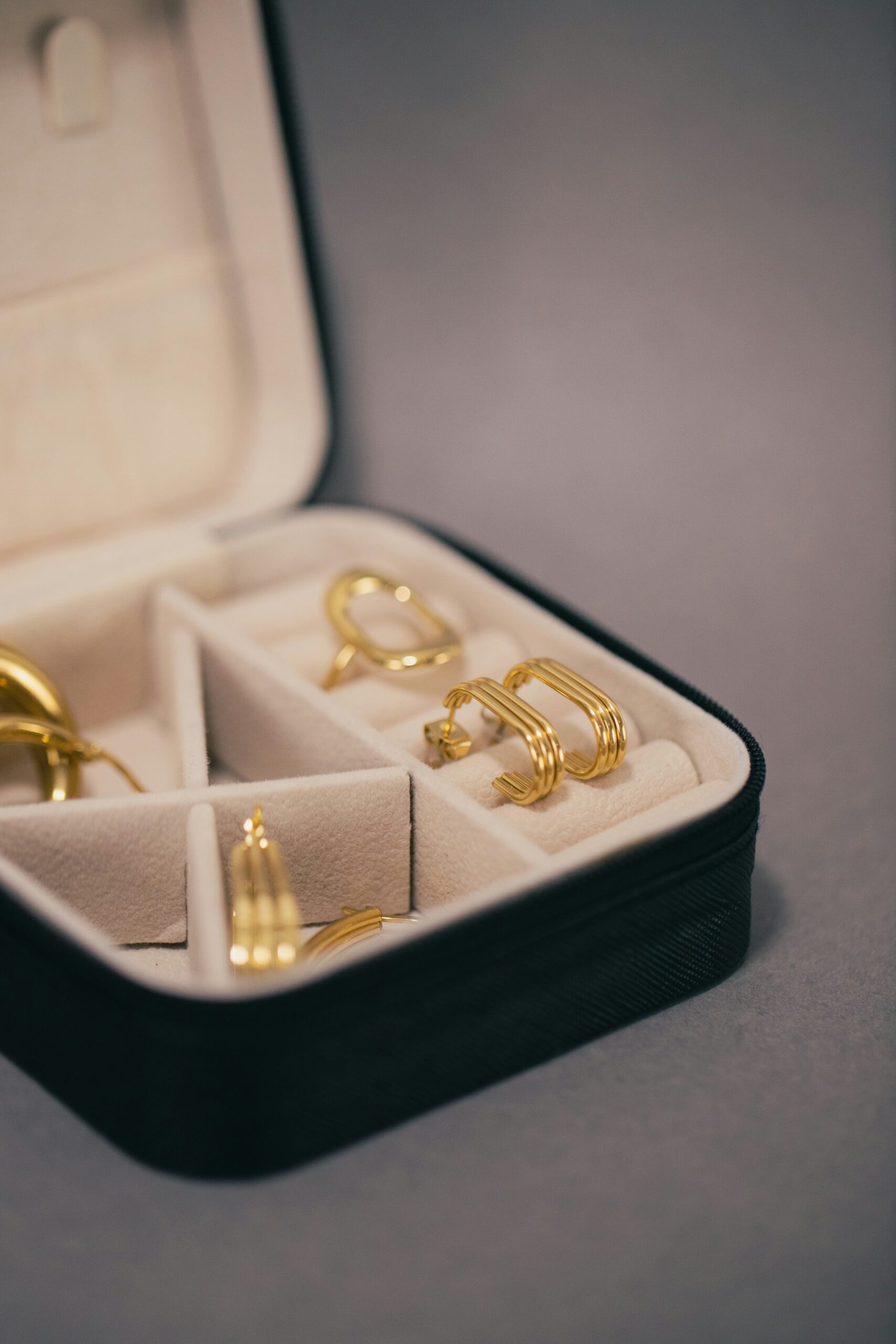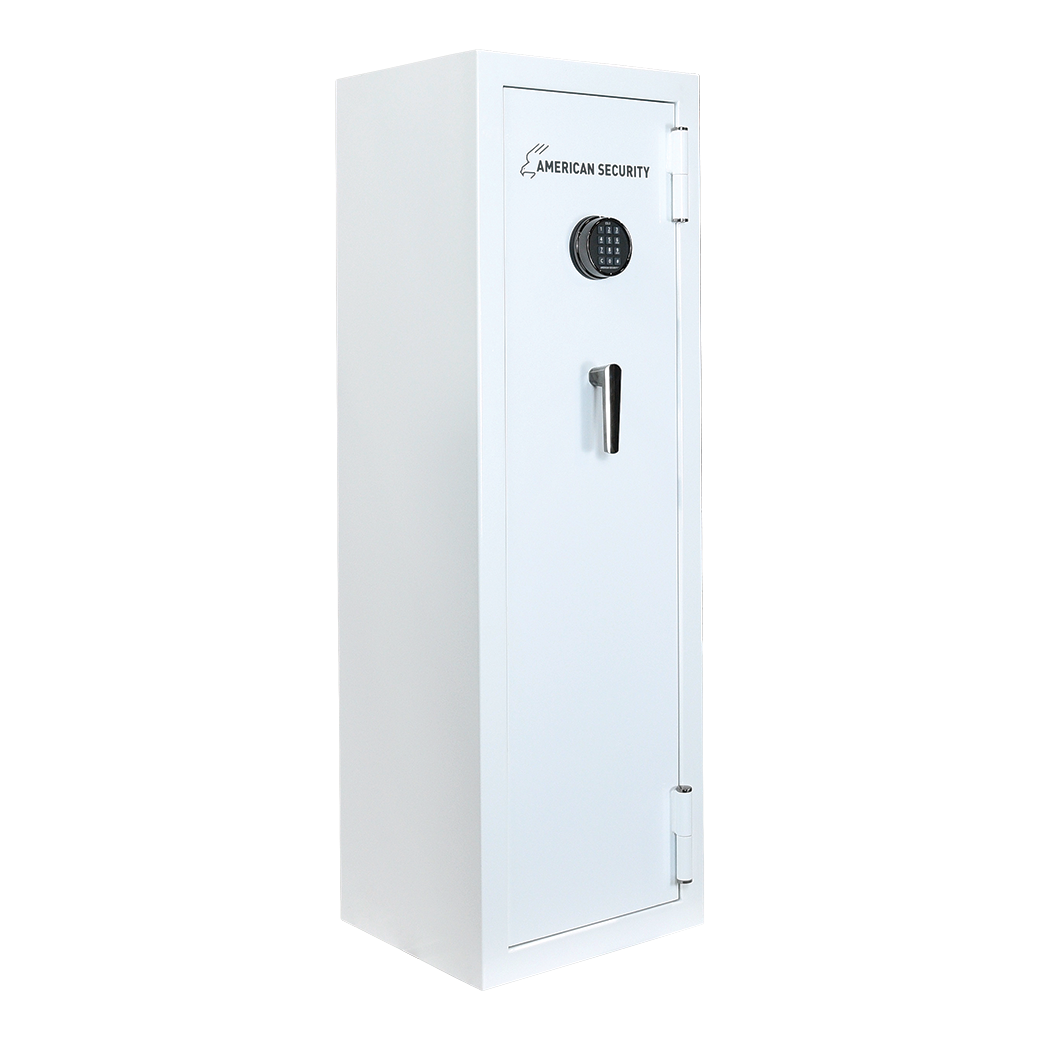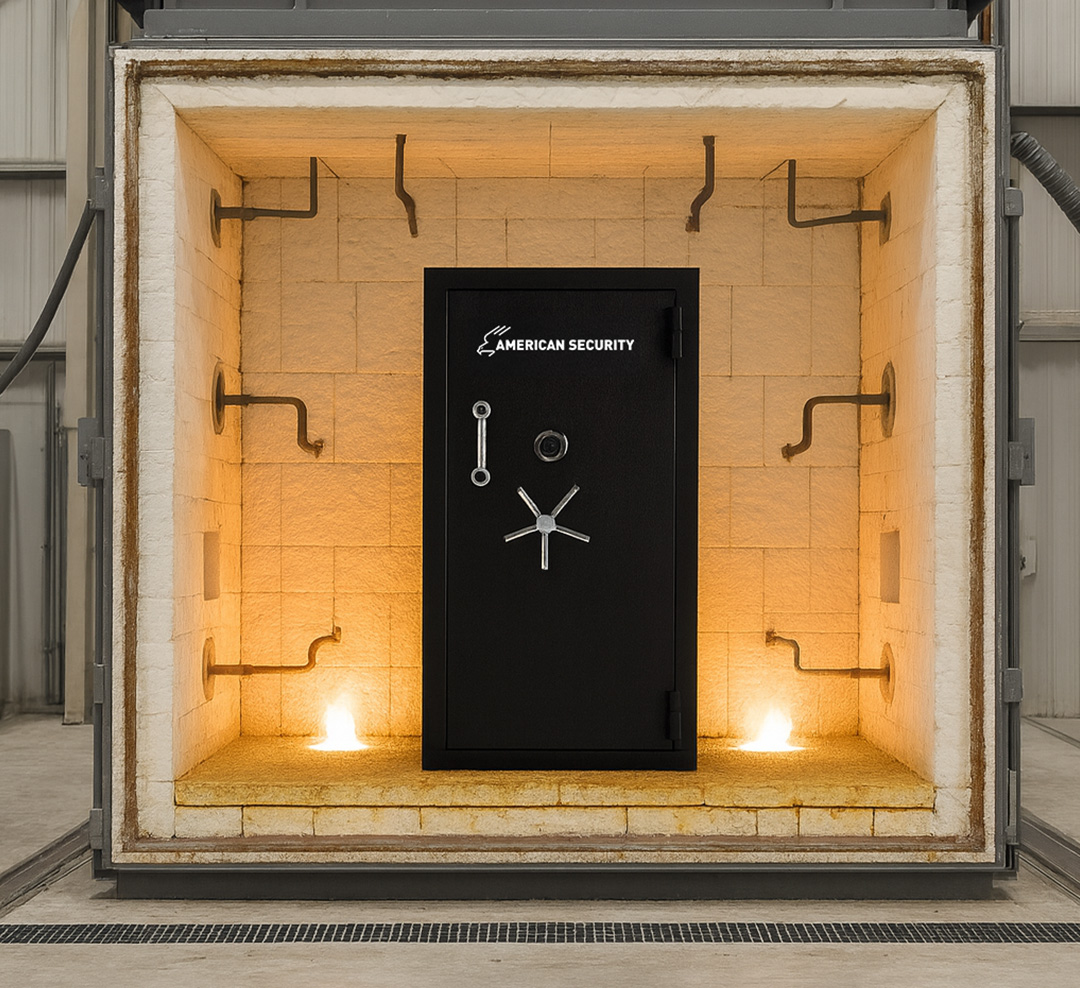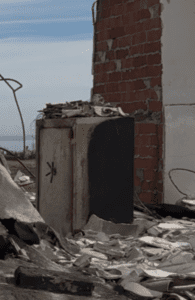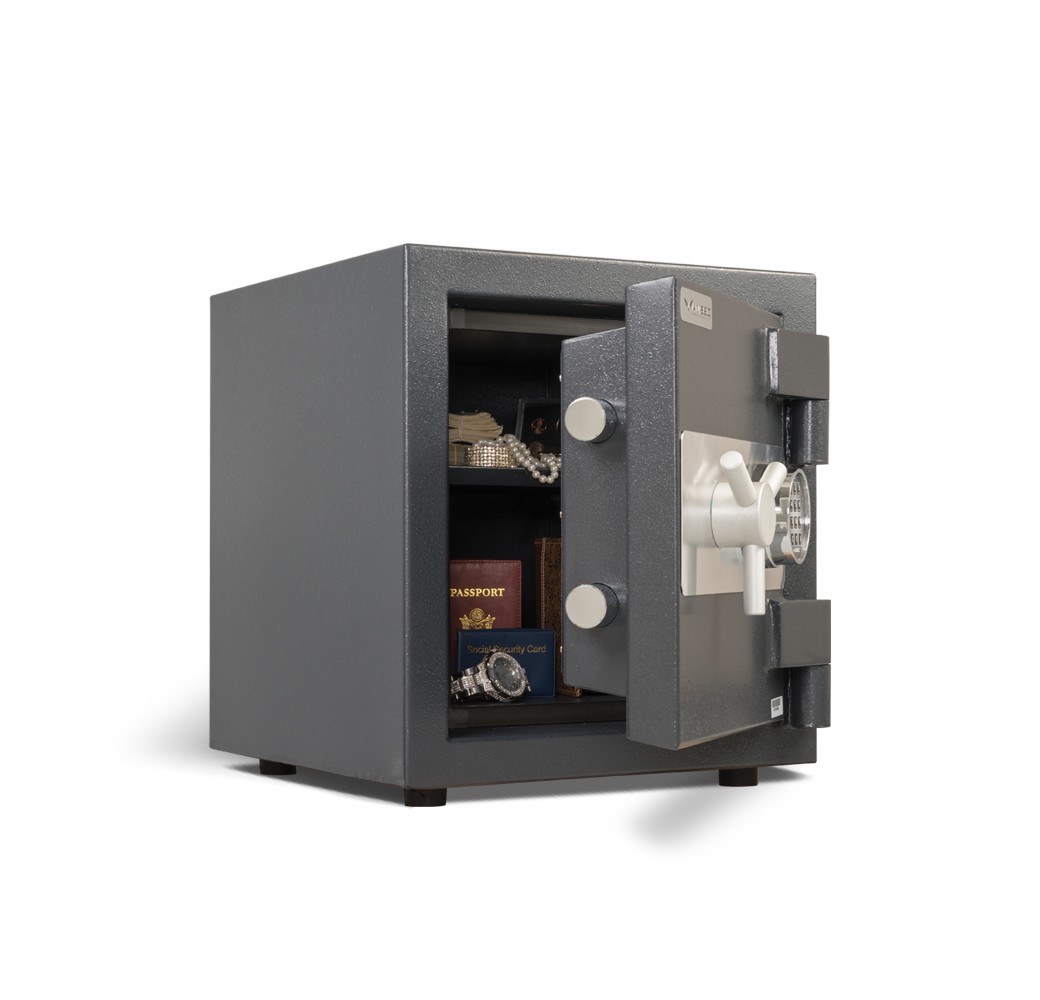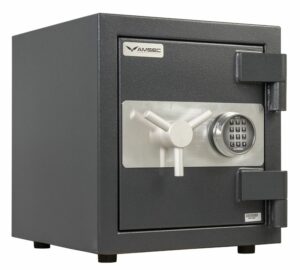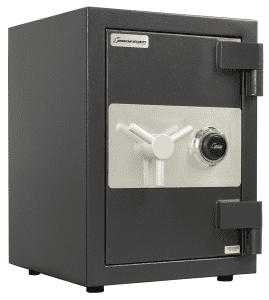It might seem obvious, but jewelry is one of the first things burglars look for during a break-in. While it’s easy to assume it won’t happen to you or believe your neighborhood is safe, the reality is that theft happens when you least expect it. That’s why investing in a high-quality jewelry safe for home use is a smart way to add an extra layer of protection for your most valued items.
A safe doesn’t just guard against theft; it can also help protect your valuables in the event of a fire. This is especially important for those living in areas where wildfires or house fires are a concern. However, choosing the right one involves more than just picking the first model you see.
In this article, we’ll walk through the key features and benefits to look for when selecting a jewelry safe for home use, so you can make a well-informed decision that fits both your lifestyle and your security needs.
Why You Need a Jewelry Safe
We’ve touched briefly on some of the reasons why you might need a jewelry safe, but let’s dig further into some of them and explain what you should consider before purchasing your next security solution.
Security Protection
The first and most obvious reason to invest in a jewelry safe is for security protection. But it’s important to remember that not all safes provide the same level of protection. Look for burglary ratings and third-party certifications when comparing options. Trusted organizations like Underwriters Laboratories (UL) put safes through rigorous testing to verify their level of resistance against forced entry.
Some manufacturers conduct their own tests and assign ratings, but the key is to understand what those ratings mean. Take the time to research how each safe is tested and certified so you can choose one that meets your specific security needs.
Fire Protection
The second reason why you need a jewelry safe is for fire protection. While there isn’t such a thing as a “fireproof” safe, it’s important to look into the level of fire resistance a safe offers. Similar to burglary ratings, safes often carry fire ratings that indicate how well they perform in extreme temperatures.
These ratings may be provided by the manufacturer or by independent testing organizations such as UL or ETL Intertek. To receive a certification from laboratories like UL or ETL, safes must undergo a series of controlled tests. This typically involves placing the safe inside a furnace heated to a specific temperature while monitoring how long the interior stays below a threshold that could damage valuables.
Fire ratings are usually based on how long the safe can protect its contents during exposure to heat, often ranging from 30 minutes to two hours. Understanding these ratings will help you choose a safe that offers the level of fire protection that will give you peace of mind that your jewelry and other valuables stand a chance against high heat.
Organized and Discreet Storage
A jewelry safe provides a secure and dedicated space for your valuables, helping you avoid the risk of leaving items scattered in a closet or armoire. With a safe, your jewelry has a designated home that makes it easier to stay organized, reduces the chance of misplacing pieces, and keeps everything tucked out of sight. It’s a practical way to protect what matters while keeping your storage discreet and clutter-free.
Features to Look For in a Jewelry Safe for Home Use
Now that we’ve covered why you should purchase a jewelry safe, let’s go through what features you should consider before you make a final decision on a safe you’ve been eyeing.
Secure Lock and Locking Mechanism
While the construction of the safe is important and should be made from high-quality steel, the lock and locking mechanism are just as essential. Like the safe itself, locks are often rated by organizations such as UL or by the manufacturer. A UL-listed lock is a strong indicator that the lock meets industry standards for reliability and resistance to tampering.
It is also important to pay attention to the internal locking mechanism, which is often overlooked. This part of the safe controls how the lock engages and secures the door. Ask your safe dealer or manufacturer whether the model includes tamper-resistant features such as relockers, hard plates, or reinforced bolt systems. These additions make it much more difficult for someone to manipulate or force the lock open, adding another layer of protection for your valuables.
Quality Safe Door and Body
The door and body are one of the most important parts of a safe, yet it is often overlooked. It serves as the first barrier against break-ins, especially since most burglars will try to force the door or tamper with the lock to get inside.
For the body of the safe, find out what materials are used for it and if quality steel is incorporated into the design. Making sure that the safe has quality, thick steel throughout will help give you assurance that it’s built to last. If you’re concerned about fire resistance, you’ll also want to check on the fill materials used to bolster the safe’s fire protection.
When evaluating a safe, pay close attention to the design and construction of the door. Look for security features like reinforced hinges and multiple locking bolts. For example, in American Security’s models, even if the hinges are removed, the door remains securely locked. These types of designs can make a significant difference in preventing forced entry.
Flexible Storage Options
The safe you choose should not only fit your current valuables but also allow room for future additions. As your collection grows, having enough space and the right layout becomes even more important.
Take time to evaluate the interior design of the safe. While overall size matters, features like adjustable shelving and built-in accessories can make a big difference in how you organize and access your items. Accessories such as felt-lined drawers, necklace hangers, and interior lighting can help you keep everything in its place and easy to find.
Proper organization is especially important for larger jewelry collections. When items are stored too closely together, they can scratch, tangle, or become tarnished. A well-designed interior helps protect delicate pieces and keeps them in optimal condition over time.
What Jewelry Safe is Right for You
You want a safe that fits your present collection comfortably, but also one that can accommodate any additions over time. After all, your collection will likely grow, and you don’t want to outgrow your safe too quickly.
Along with size, consider where you plan to keep your safe. The available space will influence your choice. Whether it’s a closet, bedroom, or home office, make sure the safe fits well without creating clutter or being too difficult to access.
As we’ve mentioned, security and fire protection ratings should also weigh heavily in your decision. Look for safes with recognized certifications from independent organizations like UL or certain manufacturer ratings that offer protection for at least 30 minutes.
American Security’s jewelry safe selection for home use offers a great variety of options designed with these factors in mind. Two popular models include the JS2020, which balances compact size with ample storage and security features, and the larger JS5517, which provides extra space and advanced fire protection for more extensive collections.
JS2020 Jewelry Safe
- ETL fire rating of 45 minutes at 1200°F
- 0.25” solid steel plate door
- 20″ H x 20″ W x 20″ D
- 170 lbs.
JS5517
- Fire rating of 30 minutes at 1200°F
- 0.1875” solid steel plate door
- 55″ H x 17.75″ W x 16″ D
- 286 lbs.
To see how AMSEC safes hold up in real-life emergencies, take a look at Elizabeth’s story from Altadena, California. When a wildfire tore through her neighborhood, her fire-resistant AMSEC BFX6030 safe withstood extreme heat and protected her jewelry collection and other valuables inside. Check out her full story, which goes over the series of events that occurred leading up to her recovering all the contents of her safe.
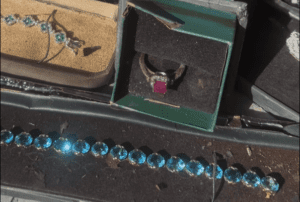
Key Takeaways on Jewelry Safes for Home Security
You’ve invested a lot in your jewelry collection; it only makes sense to give it the protection it deserves. By selecting the right safe that offers significant burglary and fire protection, you’re giving yourself the ultimate peace of mind should disaster strike.
Check out our jewelry safe series for our two best models, designed specifically to protect delicate pieces and preserve their condition for years to come.
